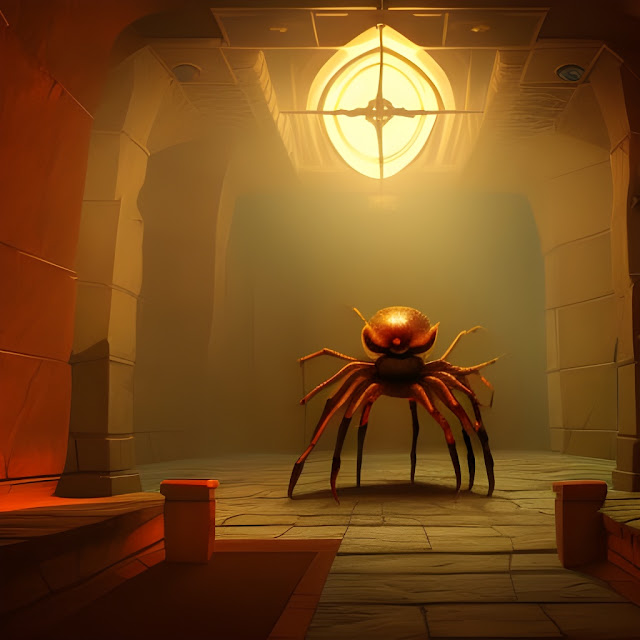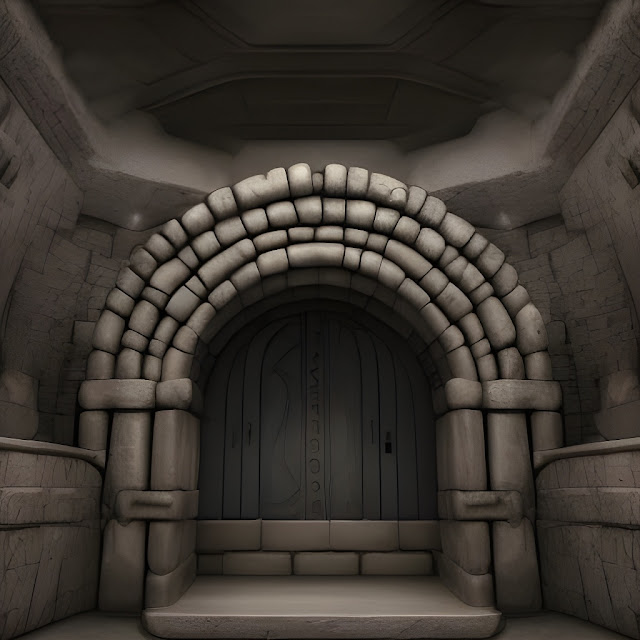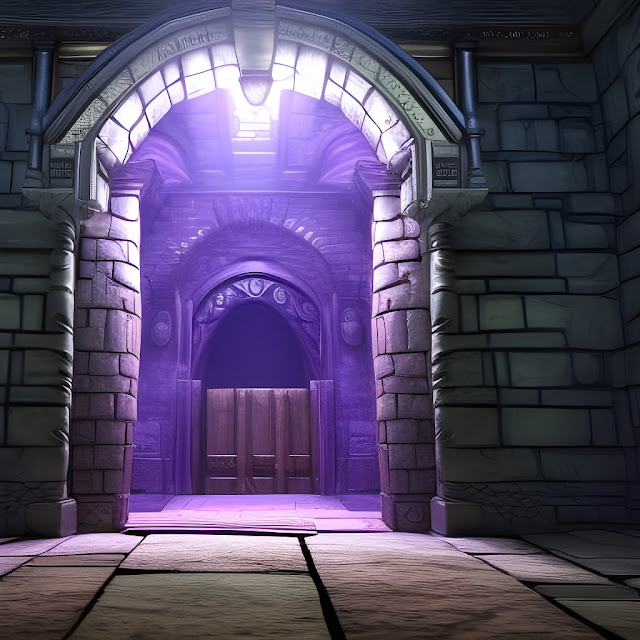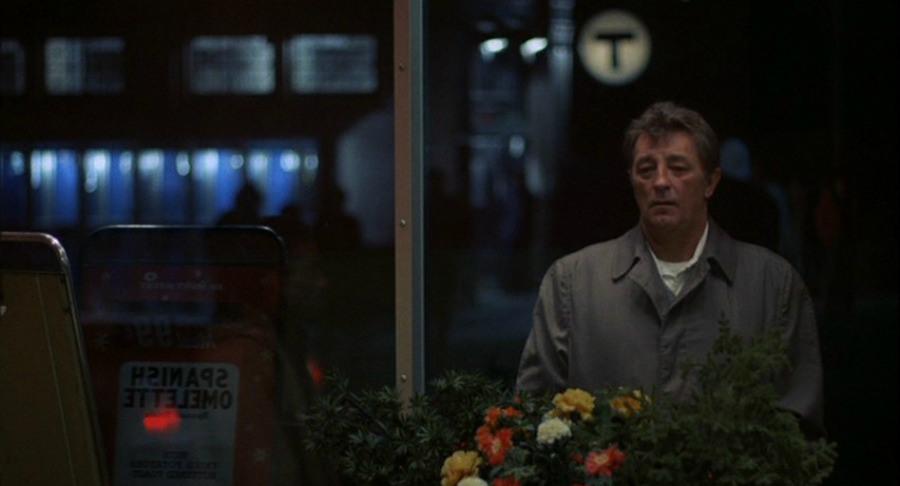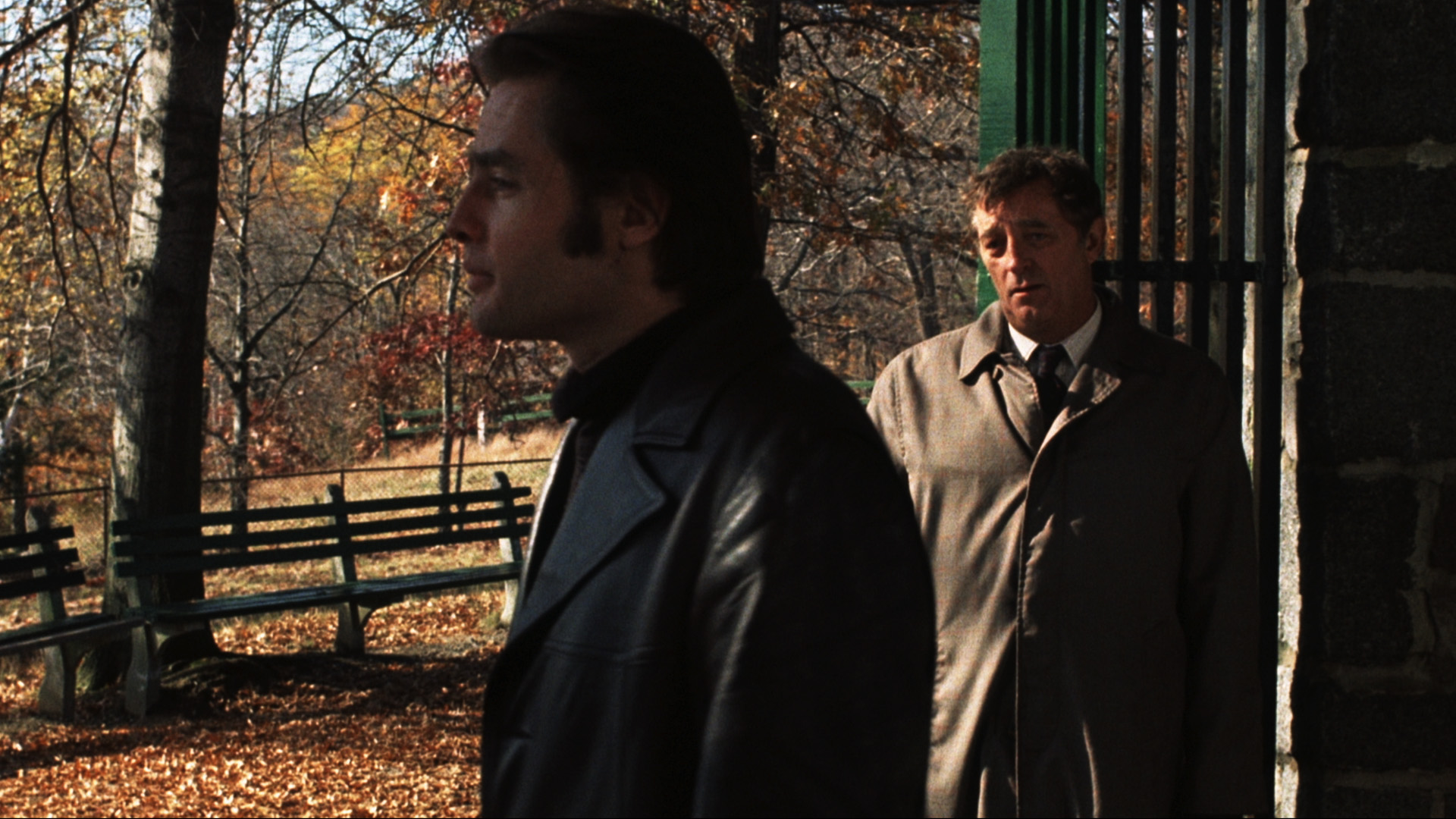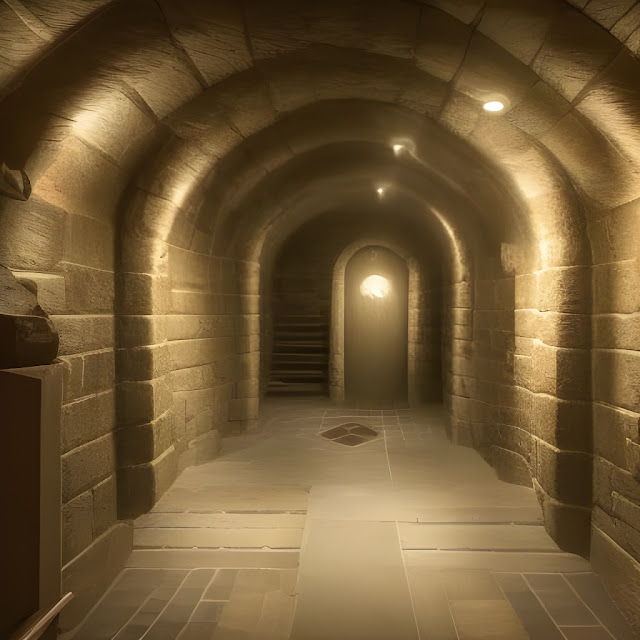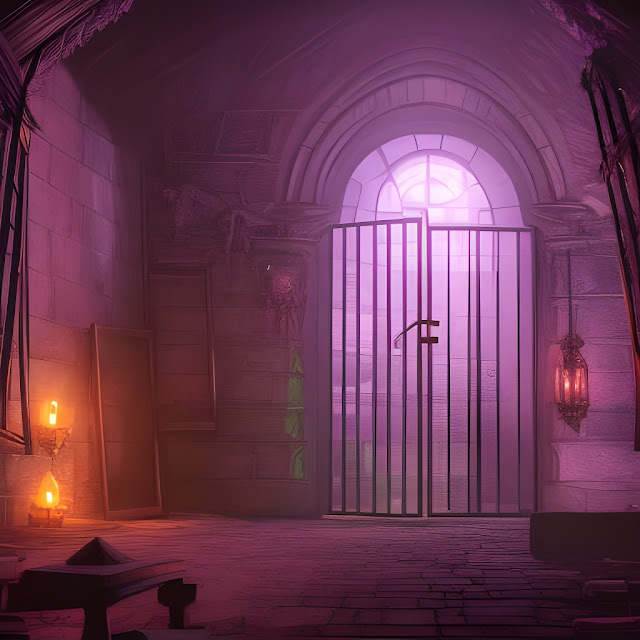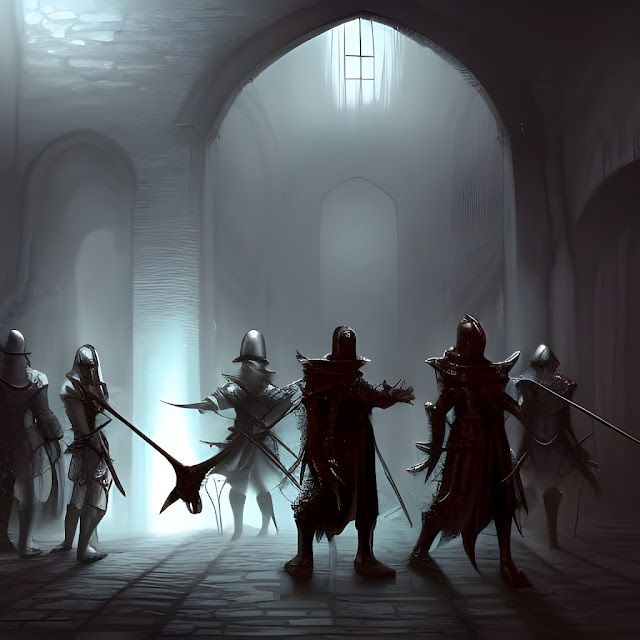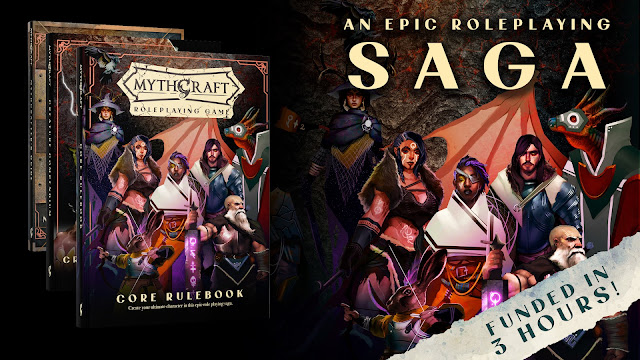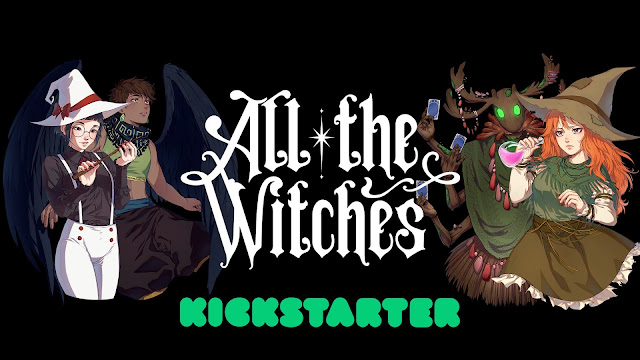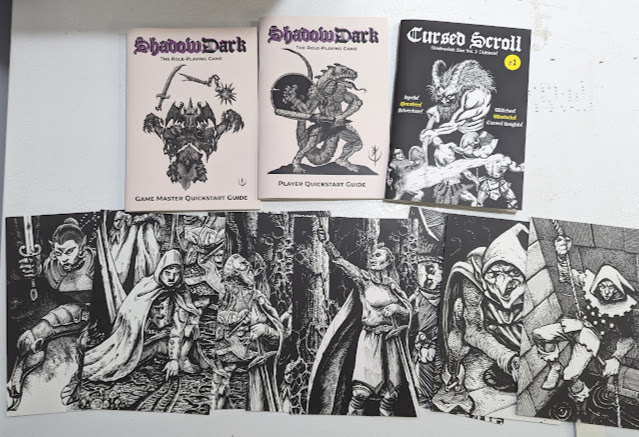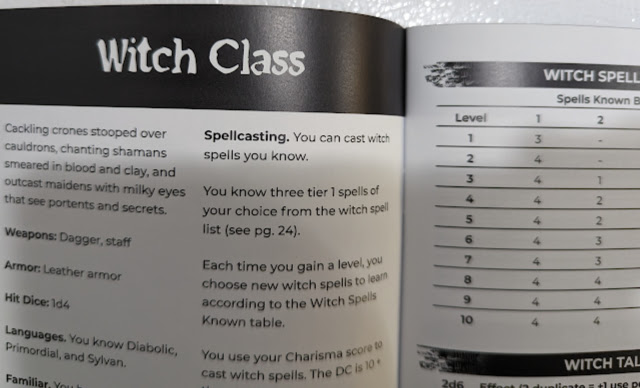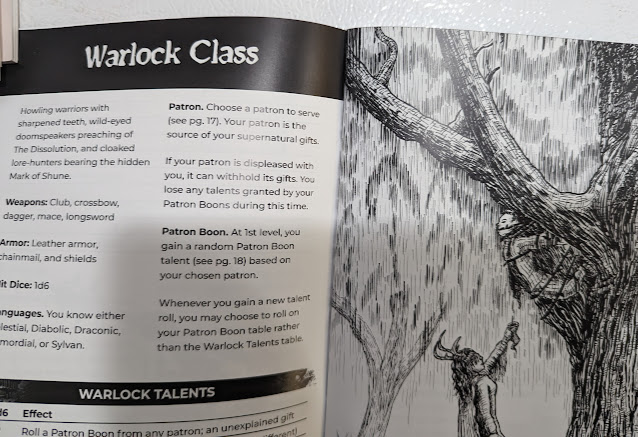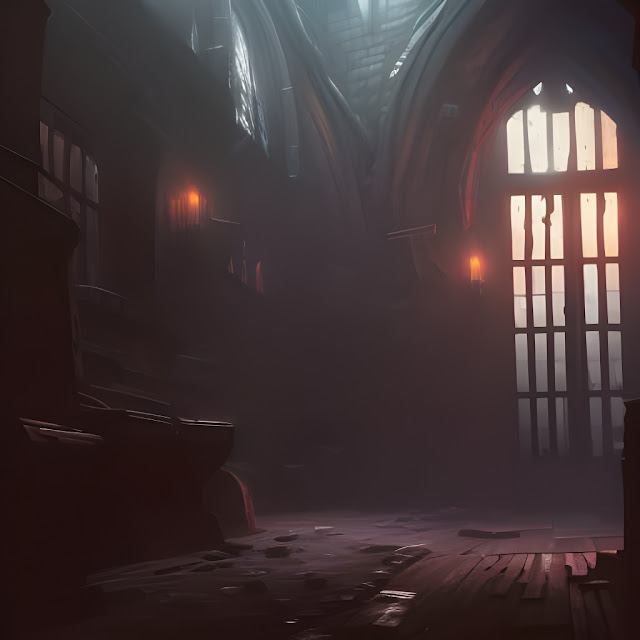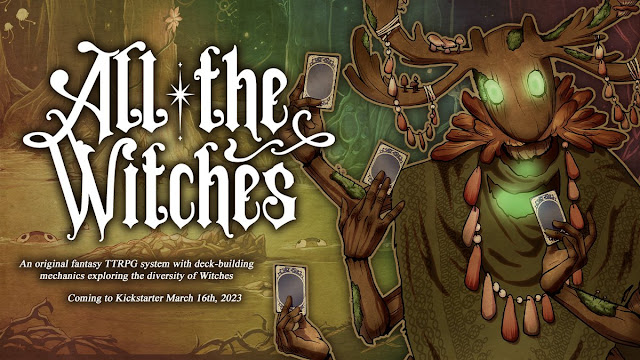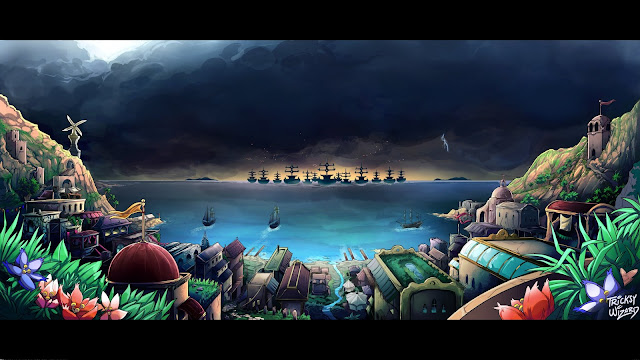
Since 1978 and the publication of Heritage Models’
Star Trek: Adventure Gaming in the Final Frontier, there have been ten roleplaying games that have visited the world’s largest Science Fiction franchise that is
Star Trek, notable titles being FASA’s highly regarded
Star Trek: The Role Playing Game, the original
Star Trek RPG for many in 1982 and 1998’s well received
Star Trek: The Next Generation Role-playing Game from Last Unicorn Games. The tenth is
Star Trek Adventures: The Roleplaying Game, published by
Modiphius Entertainment in 2017 of which
Star Trek Adventures: The Roleplaying Game – Core Rulebook provides a full introduction to both the setting and the rules. (A shorter introduction is provided in the
Star Trek Adventures: The Roleplaying Game Starter Set.) The eleventh roleplaying game based upon the
Star Trek universe is different because it is dedicated to the Klingons.
Much like its predecessor,
Star Trek Adventures: The Klingon Empire has a big job to do—perhaps an even bigger one than
Star Trek Adventures: The Roleplaying Game. Despite there having been ten roleplaying games set within the world of
Star Trek, only two of them have received supplements dedicated to the Klingons, the most notable of which was
The Klingons. Written by the late John M. Ford for FASA’s
Star Trek: The Role Playing Game, for many years this supplement would heavily influence the portrayal of
Star Trek’s second most popular alien race on both screen and in print. However, much of the background the Klingons has subsequently been rewritten and how they are portrayed today differs greatly. The other difference between the previous supplements devoted to the Klingons and
Star Trek Adventures: The Klingon Empire is that this book is a standalone roleplaying game, rather than a supplement. Like
Star Trek Adventures: The Roleplaying Game, it enables players to create characters and the Game Master to run a game in three different eras of
Star Trek. It not only has to do this, but it also to present a culture and an outlook that is the antithesis of both the United Federation of Planets and Starfleet, make both characters and campaigns playable whilst highlighting how both differ from a standard
Star Trek Adventures game, and accounting for the differences in the portrayal and appearance onscreen over the course of
Star Trek’s history. Further, it updates the core rules for the
Star Trek Adventures roleplaying game.
As with
Star Trek Adventures: The Roleplaying Game, the default setting in
Star Trek Adventures: The Klingon Empire is late twenty-fourth century, late in the period of
Star Trek: The Next Generation, at the beginning of
Star Trek: Deep Space 9, and before
Star Trek: Voyager. The specific year is 2371, but it explores further than this, right up to the end of the war with the Dominion, fought with an alliance with both the Federation and the Romulans. With both rebuilding in the wake of the war and Cardassia much reduced, there is scope for exploration and expansion, for every warrior in the Klingon Defence Force to gain glory and honour for the empire. There is guidance too on the Klingons in the twenty-third and twenty-second centuries, during periods portrayed by the
Star Trek: The Original Series and
Star Trek: Enterprise respectively. However, of the two periods, it is the
Star Trek: The Original Series-era Klingons which get the most attention, since that is when we see them first portrayed on screen, almost piratical in their untrustworthiness and scheming.
Star Trek Adventures: The Klingon Empire—the House of Duras, the House of Mogh, the House of Kor, the House of Kang, and more—as well as the explanation of the High Council is important in game terms because unlike a
Star Trek Adventures: The Roleplaying Game campaign, one involving the Klingons is very likely to involve politics as well as exploration, expansion, and war. The chapter on worlds and locations, of course, starts with the Kingon homeworld, Qo’nos, but also an explanation of the Klingon Department of Stellar Records’ system of Planetary Classification. It divides them into three levels— ‘Conquerable’, ‘Exploitable, Of Use’, and ‘Habitable’, given as an in-game rejection of the Federation Planetary Classification System that succinctly sums up the Klingon mindset.
In
Star Trek Adventures: The Klingon Empire, players take the role of honourable warriors and other members of the Klingon Defence Force, serving aboard a starship. What exactly constitutes honour is neatly summed up not once, but twice. First from the Klingon point of view as you would expect, but then from the Vulcan perspective, which provides another way of understanding it and making it easier to roleplay. Unlike
Star Trek Adventures: The Roleplaying Game, where the players have numerous options as to what they can play, Star Trek Adventures: The Klingon Empire only offers two—Klingon or QuchHa’ Klingon. The latter, also known as ‘the unhappy ones’, are the Klingons portrayed on screen during the
Star Trek: The Original Series, genetically changed as a result of a cure for a lethal plague that would leave them appearing more Human-like, aggressive and more ruthless in their cunning, along with a reputation for being less honourable and trustworthy. In campaign terms, they best suit the
Star Trek: Enterprise and
Star Trek: The Original Series periods rather than later periods when medical treatment has restored them to the Klingon norm.
A Klingon in
Star Trek Adventures: The Klingon Empire is defined by Attributes, Disciplines, Focuses, Traits, Talents, and Values and Dictates. The six Attributes—Control, Daring, Fitness, Insight, Presence, and Reason—represent ways of or approaches to doing things as well as intrinsic capabilities. They are rated between seven and twelve. The six Disciplines—Command, Conn, Engineering, Security, Science, and Medicine—are skills, knowledges, and areas of training representing the wide roles aboard a starship. They are rated between one and five. Focuses represent narrow areas of study or skill specialities, for example, Astrophysics, Xenobiology, or Warp Field Dynamics. Traits and Talents represent anything from what a character believes, is motivated by, intrinsic abilities, ways of doing things, and so on. They come from a character’s species, upbringing, training, and life experience, for example, the Klingon species Talent is Brak’lul, which is their general physiological hardiness, whilst a security officer might have Warrior’s Strike Talent. Values represent a Klingon’s attitudes and beliefs, whilst Dictates are specific orders which a Klingon must obey. Both can be triggered to provide various benefits by spending a character’s Determination points, but also challenged to gain complications and Determination points. Their use in play can also lead to both gain and loss of honour, depending on the circumstances.
To create a character, a player puts him through a lifepath—much like previous
Star Trek roleplaying games—the seven stages of which for Klingons encompass his species, home environment, caste, training, career length and its events, and current status. At each stage, a player adjusts Attributes, selects and adjusts Disciplines, and picks Focuses, Traits, Talents, and Values. Some of these elements a player has to select, but he can choose to roll for them and determine randomly. Our sample character is Kargan, a QuchHa’ Klingon who grew up on a poor frontier world who enlisted in the Klingon Defence Force to prove to the empire that he can be more than a farm labourer. He is ambitious and always on the look out for chances and opportunities that will get him noticed and promoted. This includes undermining his superiors and his fellow soldiers if it will fulfill his ambitions and does not reflect poor on him. So far this has including killing his immediate superior during a boarding action by Romulans and taking command of the engineering department’s defence and being promoted into his position.
KarganRace: Klingon (QuchHa’)Department: Engineering Rank: Corporal
AttributesControl 10 Daring 11 Fitness 10Insight 9 Presence 8 Reason 7
DisciplinesCommand 3 Conn 2 Engineering 3Security 4 Science 1 Medicine 1
FocusesAnimal Handling, Lead by Example, Starship Maintenance, Survival
TraitsKlingon, QuchHa’
ValuesAlways the outsider, Worth the risk
TalentsFollow My Lead, Killer’s Instinct, Quick to Action, Untapped Potential
Environment: Frontier WorldCaste: AgricultureTraining: LabourerCareer Events: Required to Take Command
The result is a Klingon Defence Force member of varying though still competent experience, but
Star Trek Adventures provides other options in terms of what can be played and how they are created. One is supporting characters, which are other members of the crew and although not as fully detailed as the Player Characters—essentially members of the main cast—they enable players to roleplay other types of character, to be involved in scenes their main character would not, and to provide support where there are relatively few players in a game. Supporting characters can be fully played, but are not fully developed, having neither Talents or Values. These will come up in play as the Supporting Character reappears again and again, meaning that the players will learn more about him as the campaign goes on and he slowly grows from a Supporting Character to a Main Character. The option for creating is via play rather than at the start of a campaign and so is created in response to the narrative. One issue with character is the lack of ready Values for a player to choose or take inspiration from.
In terms of progression, a character does not earn Experience Points as he might in other roleplaying games. Instead, to reflect the fact that the characters on screen in
Star Trek grow and change only periodically, player characters in
Star Trek Adventures: The Klingon Empire achieve Milestones and Arcs, which are recorded in a character log, including the Values which came into play. Arcs take longer to achieve through play, but both Milestones and Arcs can reward a Player Character or a ship and its crew. Reputation is also crucial for a Klingon and his family and house. It fluctuates over time, reflecting a Klingon’s actions, meaning it can go up and down. It can can be used to substitute an influence roll over others and it can rolled to generate Glory, which can then be spent on Favours, be granted Awards, given promotion, and so on. However, a poor performance will generate Shame and these can spent to ruin a Klingon’s Reputation, have him demoted, imprisoned, and more. Both Glory and Shame are spent immediately, but if Shame is not spent or expunged with negative consequences, it can grow and grow.
In addition to creating a Player Character, a player can also create a House for his Klingon to below to, each House having its own status, legacy, and temperament. The Player Characters might be from the same House or different ones, but in play a House can support or aid a Player Character, but is equally expecting the Player Character to bring honour and glory that will last for years to come. The presence and role of the House is to give a wider stage for the campaign, to bring intrigue and politics into play, and thus greater potential for roleplaying.
Star Trek Adventures: The Klingon Empire employs the
2d20 System previously used in the publisher’s
Mutant Chronicles: Techno Fantasy Roleplaying Game and
Robert E. Howard’s Conan: Adventures in an Age Undreamed Of. To undertake an action, a character’s player rolls two twenty-sided dice, aiming to have both roll under the total of an Attribute and a Discipline. Each roll under this total counts as a success, an average task requiring two successes. Rolls of one count as two successes and if a character has an appropriate Focus, rolls under the value of the Discipline also count as two successes.
For example, during the Romulan boarding action, the engineering section of Kargan’s ship has been breached and he and his superior, Barot, have fought off the invaders. Both are wounded and as they eye each other after the fight, Kargan sees an opportunity to better himself by killing Barot and claiming that his superior died gloriously in the defence of the ship. Barot realises what Kargan is about to do and they both dive for the Romulan disruptor pistol on the floor. Kargan’s player says that he will spend a point of Determination to ignore the injury he suffered in the fight and taps the ‘Worth the risk’ Value to do so. The Game Master states that Kargan’s attempt will have a Difficulty of one, whereas rolling for Borat, she has a Difficulty of two due to the wounds he has suffered. Kargan’s player selects Daring and Security, meaning he has a target of fifteen to roll under and rolls under four will generate extra Successes. A roll of two and nine generates three successes. This gives him two Successes taking into account the Difficulty. With a Control of eleven and Security of three, Barot’s target is fourteen and three if the Game Master wants to generate extra successes. Her roll of four and eleven generates only two Successes, not enough to overcome the Difficulty and get the weapon before his subordinate can. With a grin, Kurgan has the drop on Barot and pulls the trigger. He will tell his superiors that Barot did not die in vain…Main characters like the player characters possess Determination, which works with their Values. A Value can either be challenged once per session in a negative or difficult situation to gain Determination or invoked once per session to spend Determination to gain an extra die for a check (a ‘Perfect Opportunity’), to get a reroll of the dice in a check (‘Moment of Inspiration’), to gain a second action when time of the essence (‘Surge of Activity’), and to create an Advantage (‘Execute!’). They also have Talents and Traits which will grant a character an advantage in certain situations. So Bold (Engineering) enables a player to reroll a single twenty-sided die for his character if he has purchased extra dice by adding to the Game Master’s Threat pool or Dauntless, which allows a player to roll an extra twenty-sided die for his character to resist being intimidated or threatened.
Now where the players generate Momentum to spend on their characters, the Game Master has Threat which can be spent on similar things for the NPCs as well as to trigger their special abilities. She begins each session with a pool of Threat, but can gain more through various circumstances. These include a player purchasing extra dice to roll on a test, a player rolling a natural twenty and so adding two Threat (instead of the usual Complication), the situation itself being threatening, or NPCs rolling well and generating Momentum and so adding that to Threat pool. In return, the Gamemaster can spend it on minor inconveniences, complications, and serious complications to inflict upon the player characters, as well as triggering NPC special abilities, having NPCs seize the initiative, and bringing the environment dramatically into play.
What the Momentum and Threat mechanics do is set up a pair of parallel economies with Threat being fed in part by Momentum, but Momentum in the main being used to overcome the complications and circumstances which the expenditure of Threat can bring into play. The primary use of Threat though, is to ratchet up the tension and the challenge, whereas the primary use of Momentum is to enable the player characters to overcome this challenge and in action, be larger than life.
Conflict uses the same mechanics, but offers more options in terms of what Momentum can be spent on, which includes both social and combat. Obviously for combat, includes doing extra damage, disarming an opponent, keeping the initiative—initiative works by alternating between between the player characters and the NPCs and keeping it allows two player characters to act before an NPC does, avoid an injury, and so on. Damage in combat is rolled on the Challenge dice, the number of ‘Heart of Virtue’ or ‘tIq ghob’ symbols rolled determining how much damage is inflicted. A similar roll is made to resist the damage, and any leftover is deducted from a character’s Stress. If a character’s Stress is reduced to zero or five or more damage is inflicted, then a character is injured. Any Starfleet insignia symbols rolled indicate an effect as well as the damage. In keeping with the tone of the various series, weapon damage can be deadly, melee or hand-to-hand, less so. Rules cover stun settings and of course, diving for cover, whilst a lovely reinforcement of the genre is that killing attacks generate Threat to add to the Game Master’s pool. Combat of course, has to take into account the fact that Klingons are lot tougher than those puny members of Starfleet!
The rules themselves in
Star Trek Adventures are not difficult to understand and in the main they remain unchanged in
Star Trek Adventures: The Klingon Empire. However, they are better presented and are better supported with examples, and also cleaner layout. As thematic as the use of LCARS is in
Star Trek Adventures, it is not always easy to read. The adjustments to the rules are in some places cosmetic, such as renaming Talents to reflect Klingons rather than Starfleet, but the addition of the Reputation, Glory, and Shame are excellent and will help drive further roleplaying upon the part of the players.
Where
Star Trek Adventures: The Klingon Empire cannot ease the complexity of the rules is
Star Trek Adventures is starship combat, although it does its best. Details of ships of the Klingon Defence force are provided for all three eras, though sadly no really useful images. Starships are treated in a fashion similar to characters, but have Systems and Departments instead of Attributes and Disciplines.
Star Trek Adventures: The Klingon Empire covers just about everything that a crew might do with their ship, from general operation to going toe-to-toe with a Romulan Bird of Prey in starship combat. The latter works in a similar fashion to that of personal combat, except that as Department Heads, the player characters are in control of different aspects of the ship. Instead of injuries for taking five damage in one hit, a ship suffers breaches which can knockout a ship’s systems. Her crew or a player character can repair them, but too many breeches and ship is disabled or even destroyed. As with
Star Trek Adventures, the roleplaying game also covers starbases and personalising both starships and starbases.
In terms of threats, again, a wide range of vessels and NPCs are given. These include Starfleet
Constitution,
Defiant, and
Excelsior Class vessels,
D’Deridex Class Warbirds of the Romulan Star Empire,
Galor Class cruisers of the Cardassian Union, and the Dominion’s
Jem’hadar Attack Ships. NPCs include major and minor characters from across the eras, for example, Commander Kang and his wife, Mara; ‘Arne Darvin’, who attempted to poison the grain shipment for Sherman’s Planet and then go back in time to stop his efforts from being thwarted; and Chancellor Gowron of the High Council as well as Worf! The other NPCs, whether from the Romulan Star Empire, Cardassian Union, United Federation of Planets, the Dominion, and the Borg Collective, are more generic in nature, awaiting the Game Master to personalise them to suit her campaign. The ‘Beasts of the Galaxy, does of course, include the terrible Tribbles!
For the Game Master, there is general advice on running Star Trek scenarios and campaign, but also specifically Klingon scenarios and campaigns too. It suggests campaign styles such as ‘Proud Sons and Daughters of Kahless’, ‘The Empire Needs Loyal Soldiers’, ‘Lower Decks’, and more. There are some interesting ideas here, but they are not developed to any real extent, the advice really covering character creation, handling the rules, and the role of the Player Characters aboard a vessel. The latter is specifically from a Klingon point of view, as is the advice for creating Kling campaigns and scenarios. This highlights the expansive nature of the Klingon Empire’s objectives and the use of the Klingon Defence Force as its primary tool. Theatres of operation included are the Klingon-Romulan border, the Klingon-Federation Neutral Zone, and The Shackleton Expanse, the campaign setting for Star Trek Adventures, and even the Officer Exchange Program with the Federation. The plot components are based on the Red, Gold, and Blue components for Command and Conn, Security and Engineering, and Science and Medical respectively, taken from
The Command Division,
The Operations Division, and
The Sciences Division supplements. However, these have been adjusted to include Klingon elements, such as Matters of Honour, Obligations to House, Political Rivalry, and more, as well as Oaths of Vengeance and Espionage Missions. They are primarily pointers here, awaiting development by the Game Master, but they are all good starting points.
In addition to twelve mission briefs, including an adventure where the ship’s cook has to gather and prepare enough food to ensure the crew’s survival following a disastrous battle with the Dominion and the ship has been stranded,
Star Trek Adventures: The Klingon Empire includes an introductory adventure. This is ‘The Oracle of Bar’Koth Reach’, a short affair in which the crew of a Klingon vessel set out to locate and gain the wisdom of the fabled Oracle of Bar’Koth Reach. It is scientifically challenging in places, but involves a lot of combat and opportunities to save the honour of a lost warrior and thus the honour of the empire. The scenario offers perhaps a session or two’s worth of play, but is a good start for a campaign.
Physically,
Star Trek Adventures: The Klingon Empire is cleanly presented in a fashion that is much more accessible than
Star Trek Adventures. Consequently, it feels and looks more like a traditional roleplaying game than
Star Trek Adventures does. The roleplaying game, like the other books in the line, is illustrated, not with photographs from the films and television series, but fully painted depictions of Klingon life and culture, and the Klingon Defence Force and its ships and warriors. Again, some thought has been put into organising the book’s content thematically, so ‘Reporting for Battle’ covers character creation and ‘To Command the Stars’ details starships and starship combat, for example. The book could have done with a tighter edit in places though, but a nice touch is the inclusion of a map of the Klingon Empire marked in both ‘tlhIngan Hol’, the Klingon language and English. The book includes a primer to ‘tlhIngan Hol’ as well.
Star Trek Adventures: The Klingon Empire places the Klingons front and centre in the world of
Star Trek Adventures, enabling a Game Master and her players to play out campaigns of aggressive action and intrigue, honourable combat, defending or expanding the empire, and more. It depends on the period when a campaign is set. One set during the period of
Star Trek: The Original Series will differ from that of
Star Trek: Deep Space-9, but whatever the period there is also plenty of scope for political intrigue as well as the search for honour and glory. This is in addition to the possibilities of crossovers between
Star Trek Adventures and
Star Trek Adventures: The Klingon Empire—each serves as a supplement for the other! Ultimately,
Star Trek Adventures: The Klingon Empire is the definitive guide to playing Klingons and renders them not just glory and honour, but also justice!
